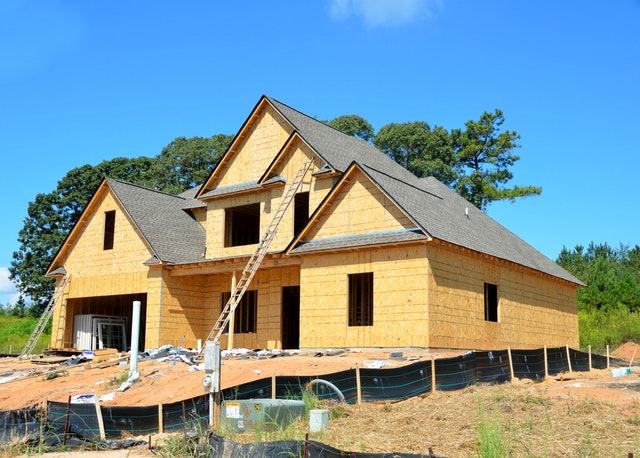NAHB: Builder Confidence Slips in June
 Homebuilder confidence dropped two points in June according to the National Association of Home Builders Housing Market Index. June’s index reading was 64, which indicates strong sentiment among home builders for current housing market conditions.
Homebuilder confidence dropped two points in June according to the National Association of Home Builders Housing Market Index. June’s index reading was 64, which indicates strong sentiment among home builders for current housing market conditions.
NAHB component readings also dropped in June with builder confidence in current home sales one point lower at an index reading of 71. Home builder confidence in home sales conditions over the next six months dropped two points to 70 and builder confidence in buyer traffic was one point lower at 48. Buyer traffic readings seldom exceed the NAHB benchmark reading of 50. Index readings over 50 indicate that most builders have positive sentiment toward conditions surveyed.
Home Builders Cite Ongoing Concerns and Growing Worry Over Tariffs
Home builders surveyed for June’s Housing Market Index cited continued concerns over shortages of labor and buildable lots, but also worried over increased materials costs resulting from recent tariffs. Analysts said that high demand for homes is driven by a current shortage of several million available homes; demand should be driving builder sentiment and housing starts much higher than current levels. Builder sentiment reported in the Housing Market Index typically drove housing starts, but this hasn’t been the case in the aftermath of the housing crisis. Severe shortages of homes for sale drive home prices up; this creates competition between buyers and sidelines first-time and moderate income home buyers.
While buyer traffic is robust, headwinds including high home prices and concerns about general economic conditions could be keeping would-be buyers on the fence. Low mortgage rates, which may drop further if the Federal Reserve lowers its key lending rate, could prompt more buyers to enter the market, but rapidly rising home prices in recent years have caused would-be buyers to hold off on buying homes. Faced with few options and high home prices, buyers may be waiting until more homes come on the market. Industry leaders have long said that building more homes is the only way to resolve the shortage of homes and high demand from home buyers.
Faced with rising materials costs and strict zoning rules, builders are tasked to find affordable housing solutions when fewer buildable lots and zoning rules discourage higher density affordable housing developments.

 Case-Shiller Indices reported slower home price growth in March with a 3.70 percent gain year-over-year as compared to 3.90 percent home price growth for the year-over-year period in 2018. This was the slowest pace of home price growth in seven years.
Case-Shiller Indices reported slower home price growth in March with a 3.70 percent gain year-over-year as compared to 3.90 percent home price growth for the year-over-year period in 2018. This was the slowest pace of home price growth in seven years. Real estate agents, who are successful, know that getting listings is the life energy of their business. It is boring to sit around waiting for a new client to call. It is expensive to spend extraordinary amounts of money on general advertising to get listings. Clever real estate people learn how to find properties for sale before they are listed.
Real estate agents, who are successful, know that getting listings is the life energy of their business. It is boring to sit around waiting for a new client to call. It is expensive to spend extraordinary amounts of money on general advertising to get listings. Clever real estate people learn how to find properties for sale before they are listed.